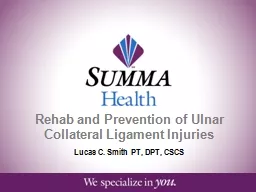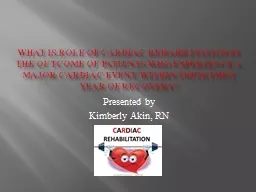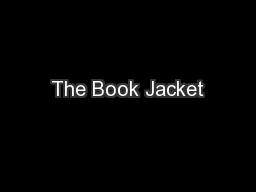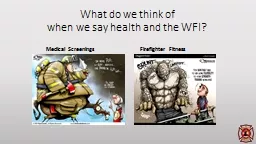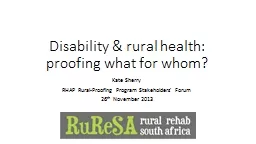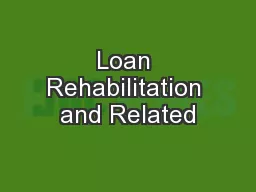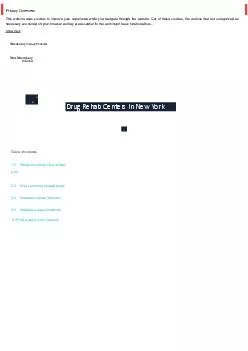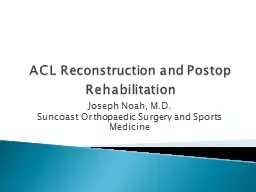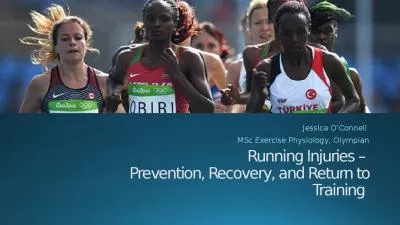PPT-Rehab and Prevention of
Author : trish-goza | Published Date : 2017-01-15
Ulnar Collateral Ligament Injuries Lucas C Smith PT DPT CSCS Anatomy of the Ulnar Collateral Ligament UCL UCL Also known as the medial collateral ligament is composed
Presentation Embed Code
Download Presentation
Download Presentation The PPT/PDF document "Rehab and Prevention of" is the property of its rightful owner. Permission is granted to download and print the materials on this website for personal, non-commercial use only, and to display it on your personal computer provided you do not modify the materials and that you retain all copyright notices contained in the materials. By downloading content from our website, you accept the terms of this agreement.
Rehab and Prevention of: Transcript
Download Rules Of Document
"Rehab and Prevention of"The content belongs to its owner. You may download and print it for personal use, without modification, and keep all copyright notices. By downloading, you agree to these terms.
Related Documents

